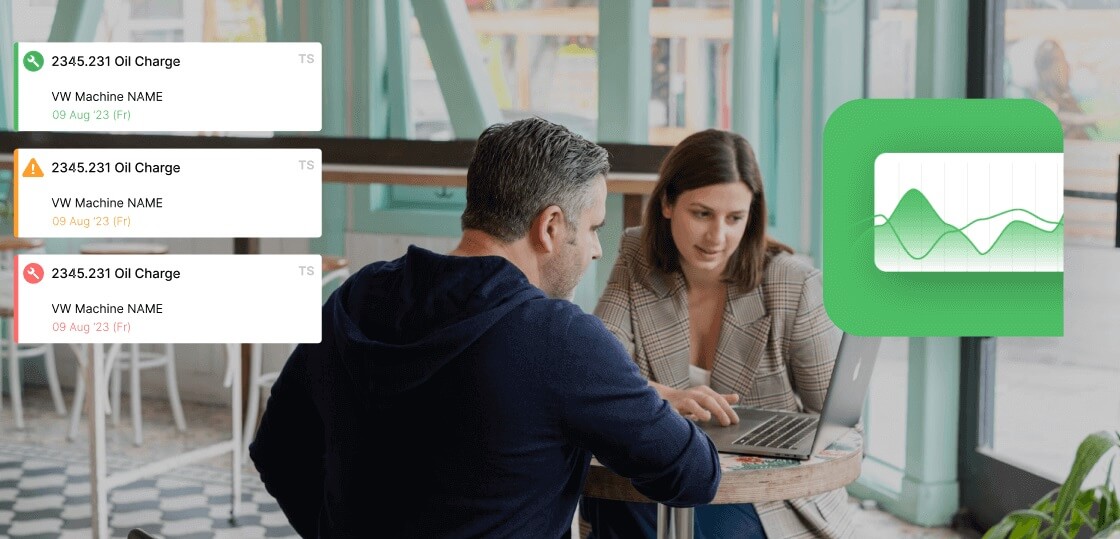If you look at your Preventive Maintenance (PM) backlog and feel overwhelmed, it isn't because you are lazy. It is because your schedule is filled with junk.
In most factories, the PM schedule operates on "Add-Only" logic.
-
Year 1: A motor fails. You add a "Check Motor" task every week.
-
Year 2: A sensor fails. You add a "Clean Sensor" task every week.
-
Year 3: You have 500 weekly tasks, half of which are for problems that were solved by a design change two years ago.
This is called PM Inflation. It wastes labor, bores technicians, and hides the real critical work.
Preventive Maintenance Optimization (PMO) is the process of deleting the trash. Here is how to use Fabrico to cut your workload by 30% while increasing reliability.
Step 1: The "Sacred Cow" Audit
Your first step is to challenge the legacy tasks that technicians do "because we’ve always done them."
Run a report in Fabrico: "PMs with 100% Pass Rate for 12 Months."
If a technician has checked a belt 52 weeks in a row and marked it "OK" 52 times, you are inspecting it too often.
Step 2: Stop "Intrusive" Maintenance
Reliability science (RCM) proves that human intrusion is a leading cause of failure. Every time you open a gearbox to "inspect" it, you risk introducing dirt, damaging a seal, or stripping a bolt.
The Rule: If you can check it without touching it, do not touch it.
The Fabrico Solution:
Replace intrusive "Inspection" tasks with non-intrusive "Condition Checks."
Use the data you are already collecting to verify health without stopping the machine.
Step 3: Kill the "Duplicate" Tasks
In many plants, Production does a "Start-up Check" and Maintenance does a "Weekly Inspection." They are checking the exact same gauges.
This is waste.
The Fabrico Solution:
Unify the checklists.
-
Assign the daily visual checks to the Operator (Autonomous Maintenance) via the Fabrico app.
-
If the Operator marks "Pass," the data is logged.
-
Maintenance reviews the log remotely. You do not need to send a technician to verify what the operator just saw.
Step 4: The "Run-to-Failure" Decision
Not every asset deserves a PM.
If you are doing preventive maintenance on a €50 bathroom exhaust fan, you are wasting money. The cost of the labor exceeds the cost of the asset.
The Strategy:
Use Fabrico’s Criticality Analysis field.
Summary: Less Work, More Reliability
Optimization is uncomfortable. It requires you to delete work orders that feel "safe."
But remember: Activity is not Reliability.
Every hour your team spends greasing a bearing that doesn't need grease is an hour they aren't spending on Root Cause Analysis for your bottleneck machine.
Clean up your schedule.
[Book a Demo with Fabrico] to see how our analytics highlight the waste in your PM program.







